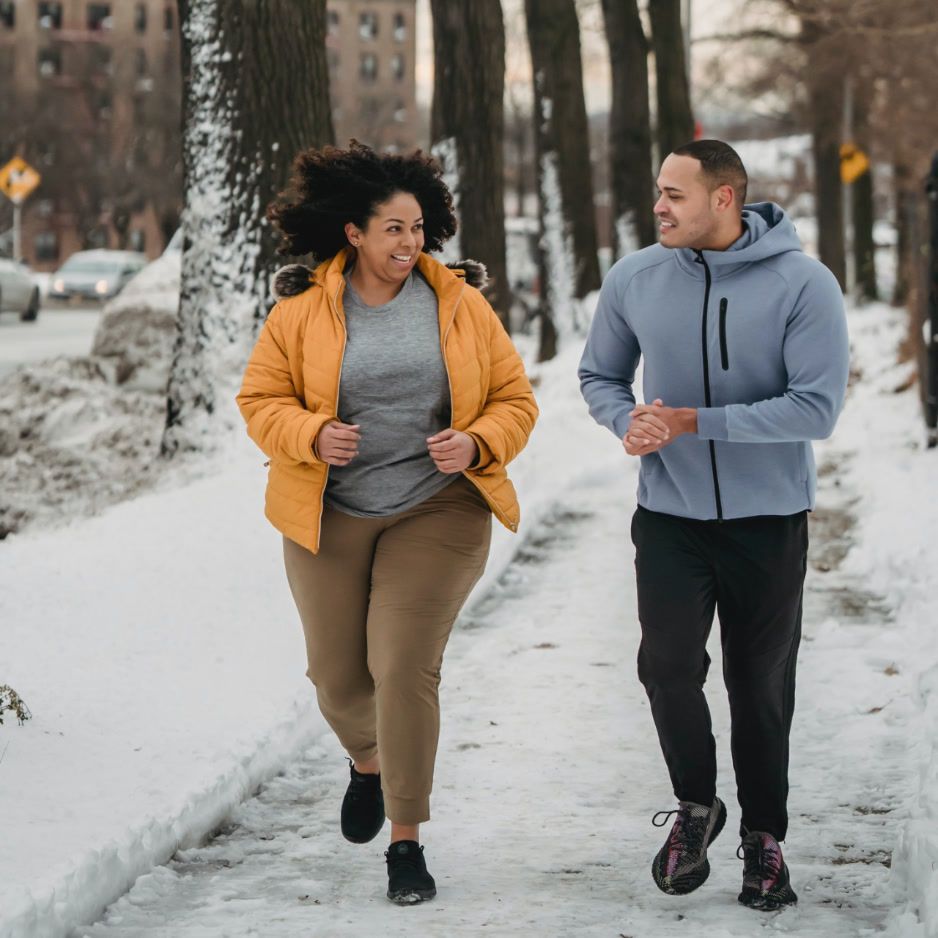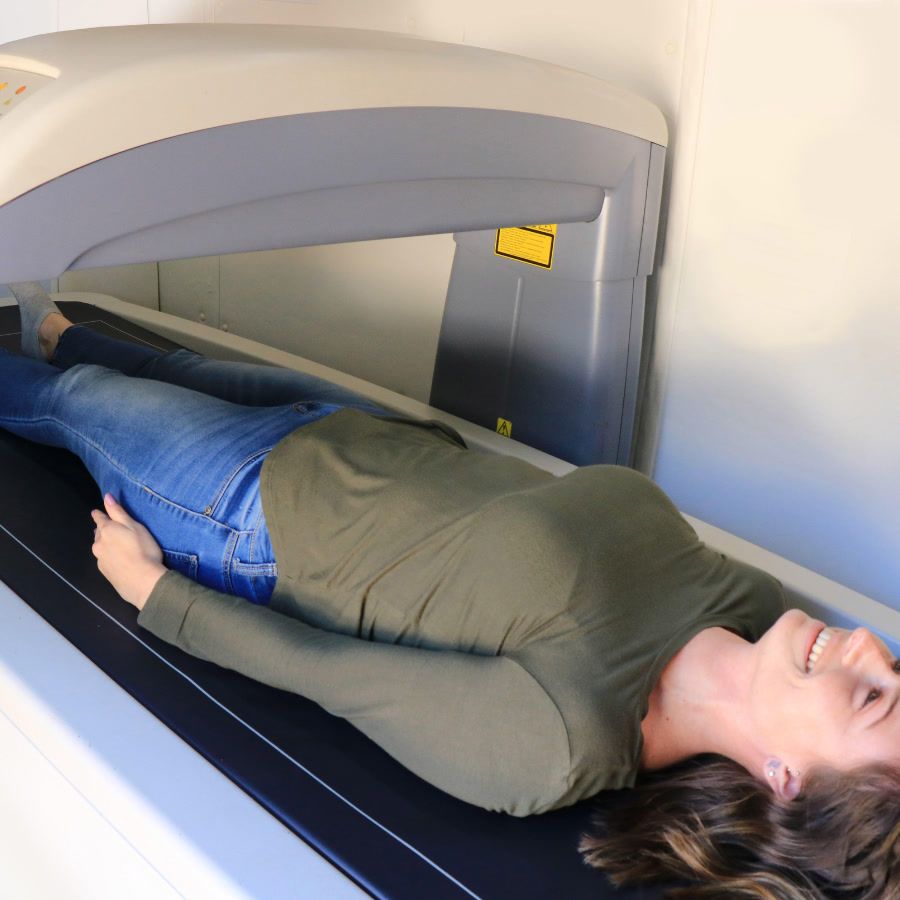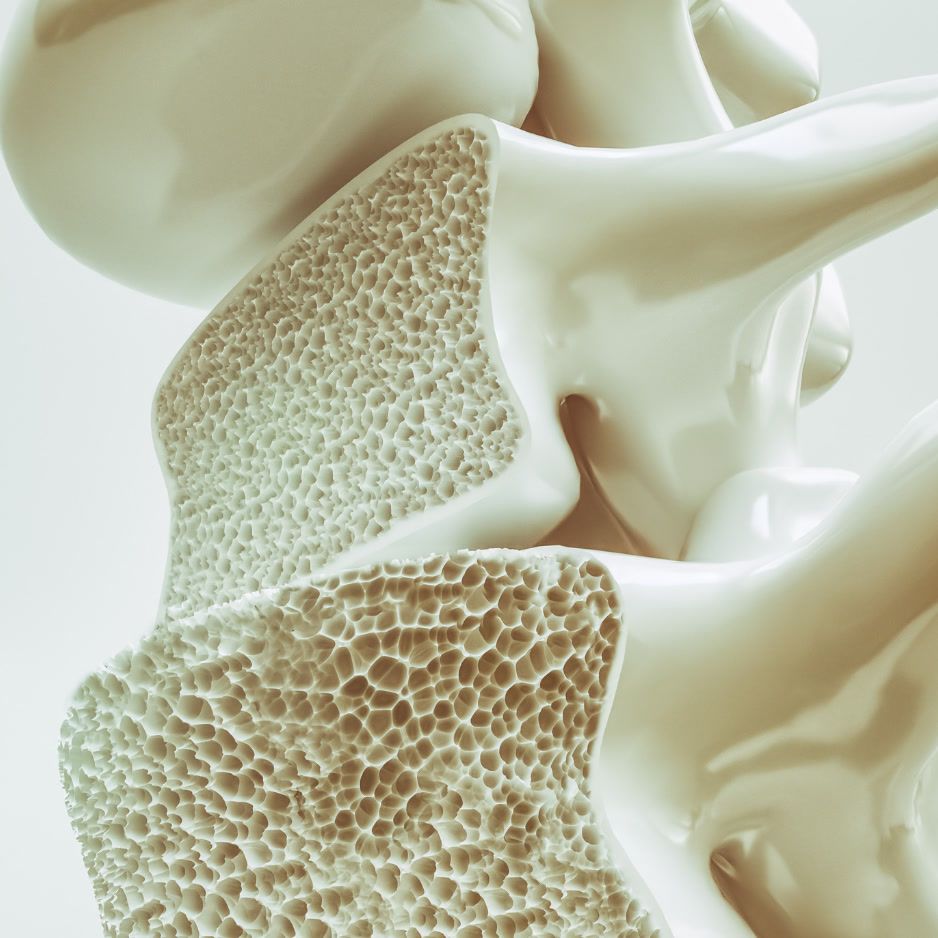Active Recovery Workout: Exercises & Routines Guide
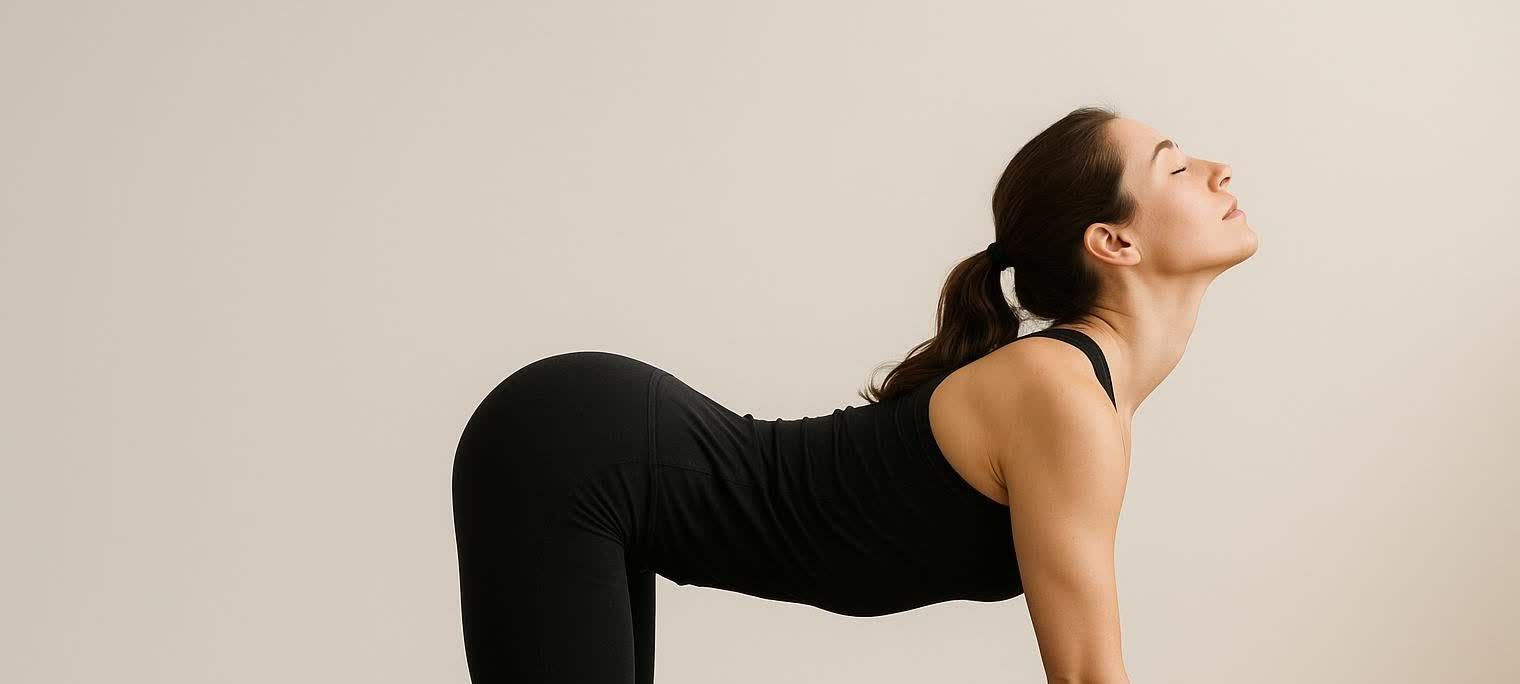
Active Recovery Workout: 10 Exercises & Routines
Published: September 2024 | Updated: July 2025
Training hard is only half of the progress equation—the other half happens when you recover. Yet “take a day off” can feel like an empty prescription when you’re restless, sore, or worried about losing momentum. That’s where active recovery workouts come in. Low-intensity, circulation-boosting movement accelerates healing, reduces soreness, and keeps your routine on track without piling stress onto muscles, joints, and your nervous system.
Think of your muscles as a busy kitchen after a dinner rush—active recovery is the cleanup crew clearing debris so the chefs can create tomorrow’s feast.

This guide covers everything you need to know, including:
- A science-backed definition of active recovery
- Top 10 exercises anyone can plug into a rest-day circuit
- Tiered 15-, 20-, and 30-minute workouts for beginner, intermediate, and advanced athletes
- A weekly scheduling template that balances stress and recovery
- Expert-answered FAQs for quick reference
What Counts as Active Recovery?
Active recovery is purposefully easy movement performed below ~60 % of your maximum heart rate—think gentle enough that you could chat with a friend. Classic examples include walking, easy cycling, mobility flows, and foam rolling. The goal is to increase blood flow and clear metabolic by-products (like lactate) without adding new muscle damage.
The Physiology in 60 Seconds
| Benefit | Mechanism | Research Snapshot |
|---|---|---|
| Faster lactate clearance | Low-intensity movement increases oxygen delivery, accelerating the conversion of lactate back into usable fuel | A 2018 study in Frontiers in Physiology found 15 minutes of light jogging after HIIT cleared blood lactate faster than passive rest and improved anaerobic-threshold gains. |
| Reduced soreness (DOMS) | Gentle contractions stimulate lymphatic flow, flushing inflammatory waste products | Muscle soreness drops when athletes include light cardio and dynamic stretching on recovery days, according to the National Academy of Sports Medicine (NASM). |
| Maintained mobility | Moving joints through full ranges prevents stiffness and keeps connective tissue elastic | A 2024 systematic review found dynamic stretching slightly outperformed static stretching for range-of-motion gains. |
Top 10 Active Recovery Exercises
Use these movements as stand-alones or mix-and-match to build your own circuit.
| # | Exercise | Target Areas | Intensity Cue | Time/Reps | Equipment | Tips |
|---|---|---|---|---|---|---|
| 1 | Brisk Walk | Whole body | Conversational pace | 10–30 min | Shoes | Choose a flat route; focus on nasal breathing. |
| 2 | Easy Spin Bike | Quads, glutes | < 60 % max HR | 10–20 min | Stationary bike | Keep cadence 80–90 RPM. |
| 3 | Cat-Cow Flow | Spine | Smooth, slow | 60 sec | Mat | Exhale on round, inhale on arch. |
| 4 | World’s Greatest Stretch | Hips, T-spine | Controlled | 5 each side | None | Pause 2 s in each position. |
| 5 | Band Pull-Apart | Upper back | Light burn ≤ 3/10 | 15 | Light band | Keep ribs down; squeeze shoulder blades. |
| 6 | Foam Roll Quads | Quads | Mild discomfort ≤ 4/10 | 60 sec/leg | Foam roller | Move ~1″/sec; breathe. |
| 7 | Dead Bug | Core | No lumbar lift | 10 reps | Floor | Brace abs before moving limbs. |
| 8 | Child’s Pose w/ Side Reach | Lats, lumbar | Relaxed | 30 sec/side | Mat | Slide fingertips forward for gentle stretch. |
| 9 | Glute Bridge March | Glutes, hamstrings | Hips stay level | 12 | Floor | Lightly tap heel each rep. |
| 10 | Ankle Alphabet | Ankles | Smooth circles | 1 set/foot | Chair | Perfect for desk micro-breaks. |
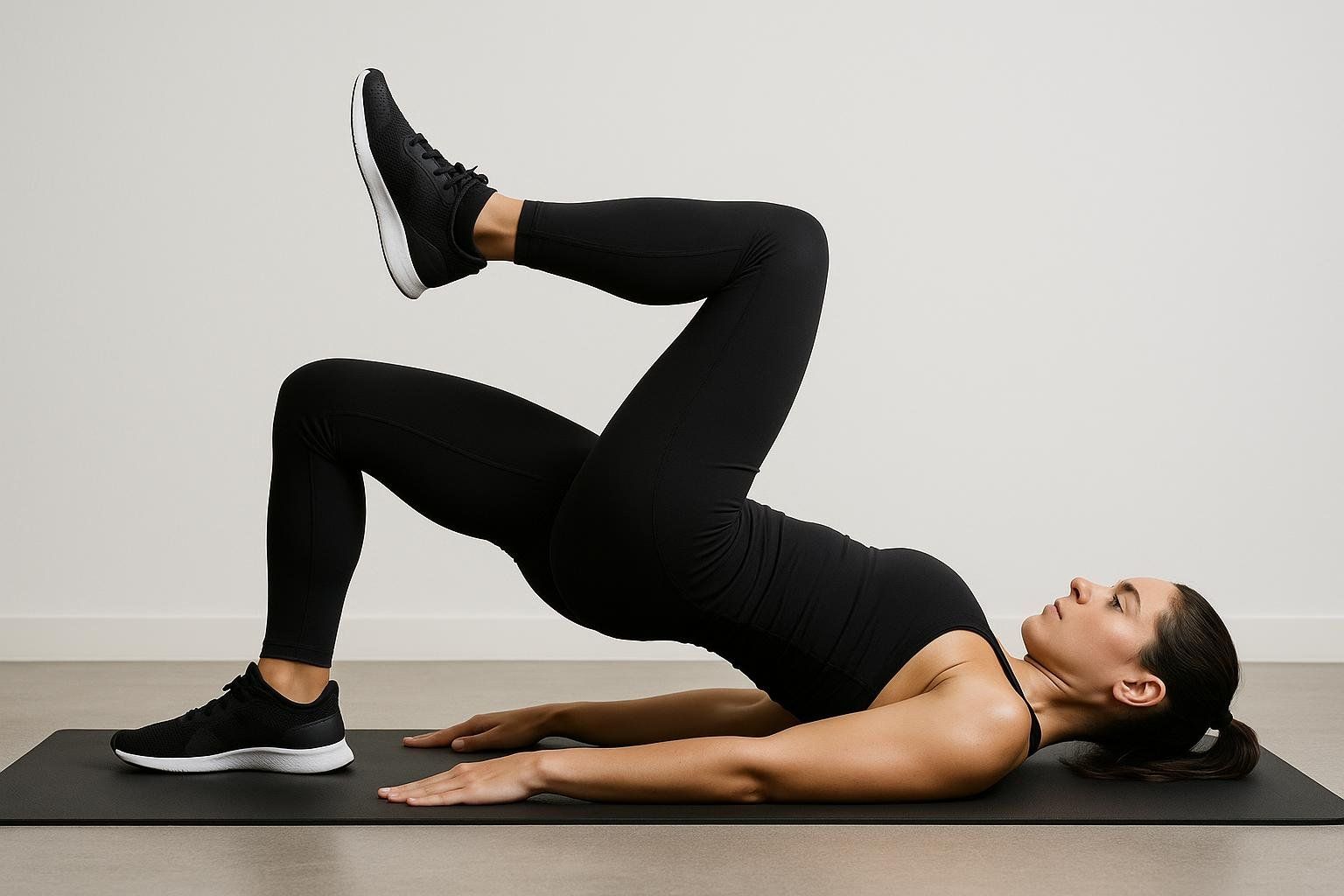
Tiered Active Recovery Workouts
Pick the level that matches your current training load and time budget. Keep RPE ≤ 4/10 throughout.
Beginner – 15-Minute “Desk Detox” Circuit
- Brisk Walk – 5 min
- Cat-Cow – 60 sec
- Band Pull-Apart – 2 × 15
- Ankle Alphabet – 1 set/foot
- Child’s Pose w/ Side Reach – 30 sec/side
- Box Breathing – 2 min (4-4-4-4)
Intermediate – 20-Minute “Runner’s Reset” Flow
- Easy Spin Bike – 8 min
- Foam Roll Quads & Calves – 2 min
- World’s Greatest Stretch – 3/side
- Dead Bug – 3 × 10
- Glute Bridge March – 2 × 12
- Seated Forward Fold – 60 sec
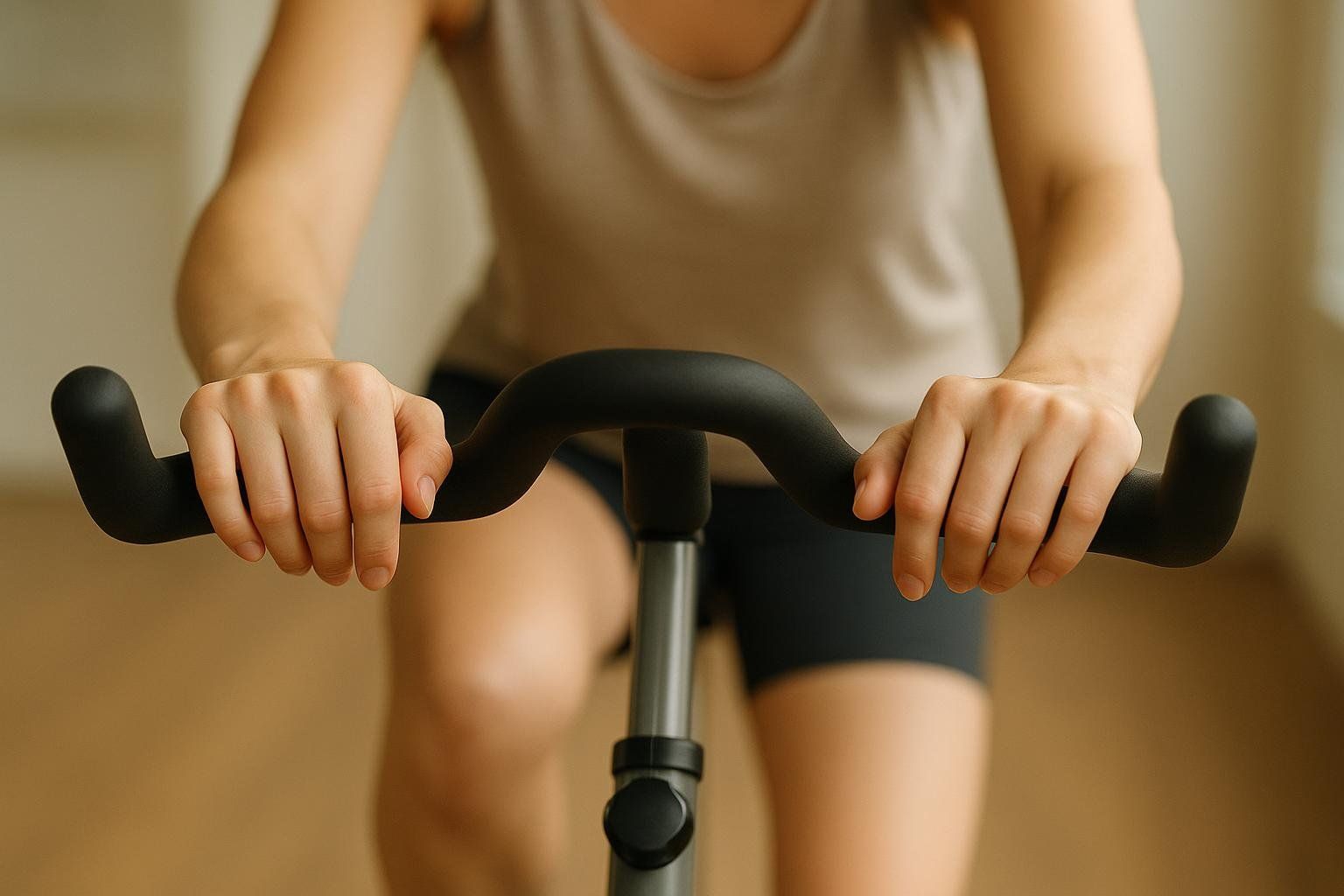
Advanced – 30-Minute “Athlete Engine Tune-Up”
- Jog-to-Walk Ramp (jog 1 min, walk 2 min) – 3 cycles (9 min)
- Dynamic Mobility Flow (hip airplanes, arm circles, inchworms) – 6 min
- Foam Roll Full Body – 6 min
- Deep Squat Hold w/ T-Spine Rotation – 60 sec
- 90-90 Hip Switch – 2 × 8
- Diaphragmatic Breathing – 3 min
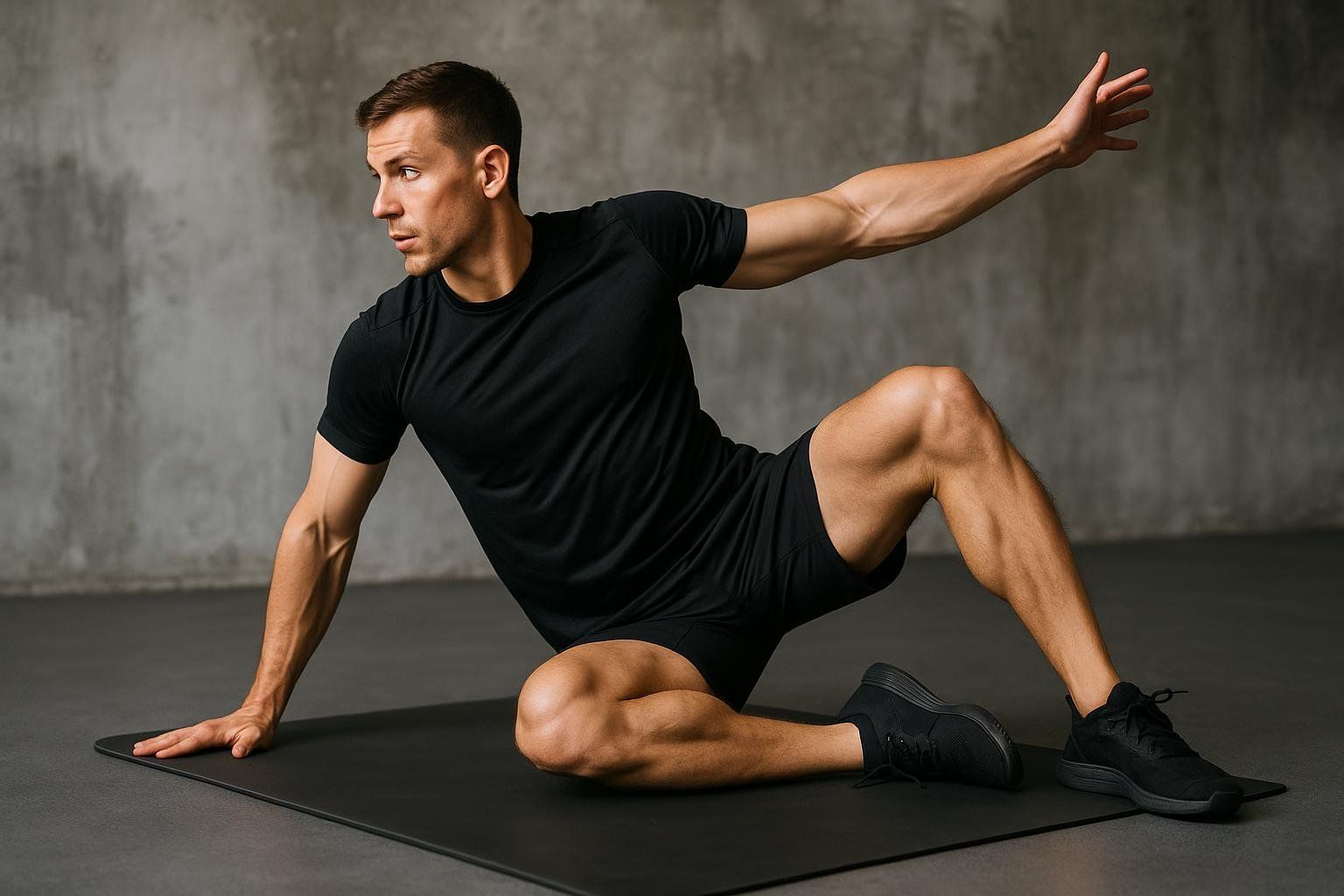
How to Slot Active Recovery into Your Week
Below is a sample template for someone training five days per week.
| Day | AM Session | PM Session | Notes |
|---|---|---|---|
| Mon | Strength | — | — |
| Tue | Interval Run | 20-min Runner’s Reset | Promotes blood flow post-run. |
| Wed | Rest | 15-min Desk Detox | Enhances hip and T-spine mobility to offset sitting. |
| Thu | Strength | — | Lower-body lift. |
| Fri | Long Ride | — | — |
| Sat | 30-min Athlete Tune-Up | Sauna/Stretch | Preps for next week. |
| Sun | Rest | Light walk | Passive + gentle movement. |
Correlating your recovery routine with objective data from a BodySpec DEXA scan helps confirm if your strategy is preserving lean muscle and improving body composition.
Frequently Asked Questions
How long should an active recovery workout be?
Research shows 10–30 minutes is enough to boost circulation and accelerate lactate clearance without inducing new fatigue.
Can I do active recovery on consecutive days?
Yes—because intensity is low, daily sessions are generally safe. Monitor total workload and how you feel.
Is yoga considered active recovery?
Gentle, flow-based yoga at a low heart rate qualifies. Hot power classes that spike HR may tip into a workout, not recovery.
Do I need equipment?
No. Body-weight mobility drills and walking are perfectly effective. Tools like foam rollers or resistance bands simply add variety.
Will active recovery burn calories?
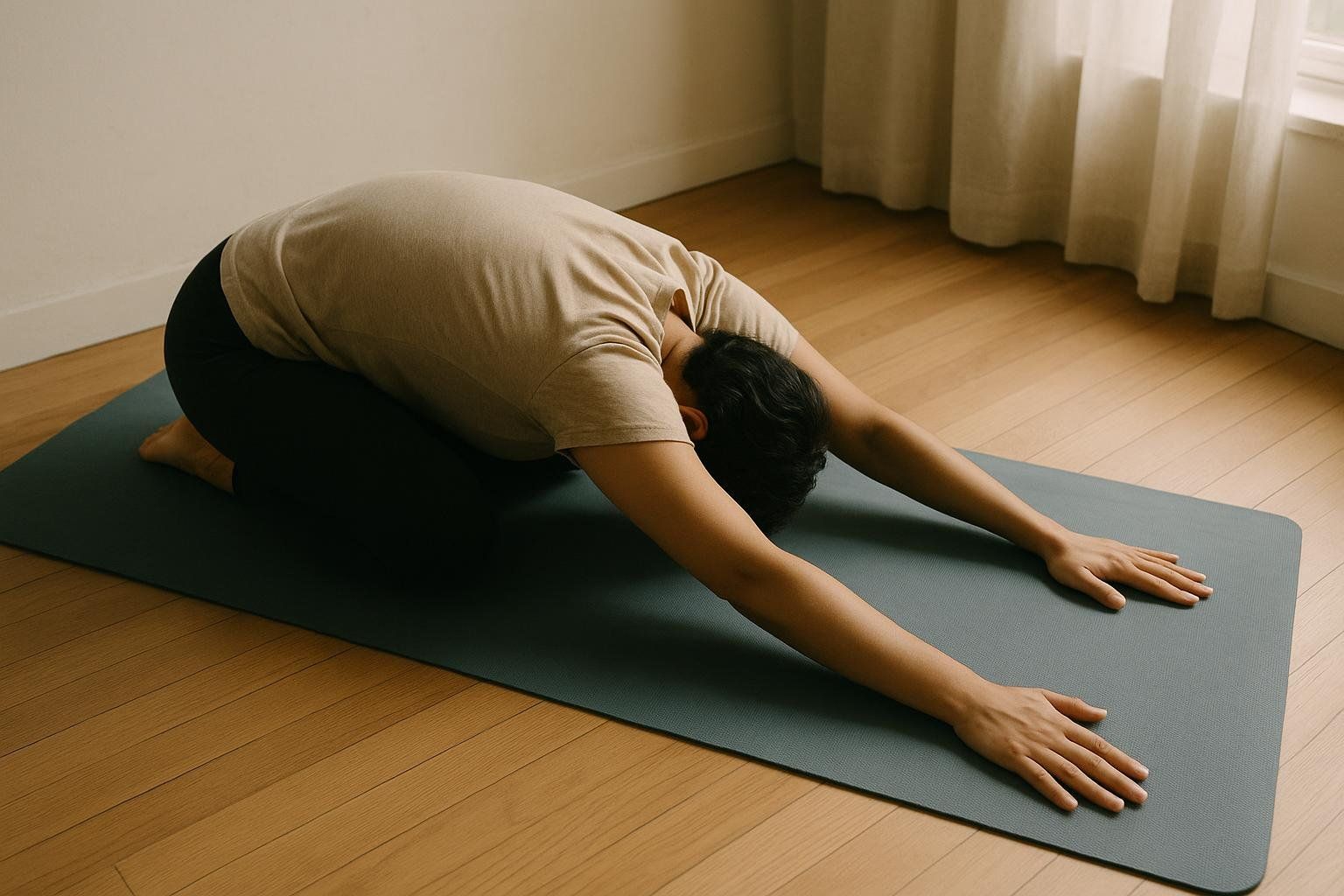
Yes, but think of it as a modest boost rather than a primary fat-loss driver—the focus is recovery, not maximum energy expenditure.
Takeaway
Rest days don’t mean doing nothing—they mean doing the right things. Strategic active recovery workouts keep blood moving, muscles limber, and your mind engaged so you can hit the next hard session at full power. Pair these routines with periodic BodySpec DEXA scans to see how smart recovery shows up in your muscle, fat, and bone metrics.
